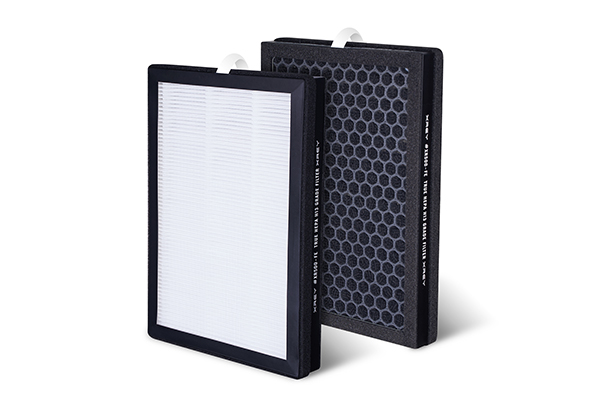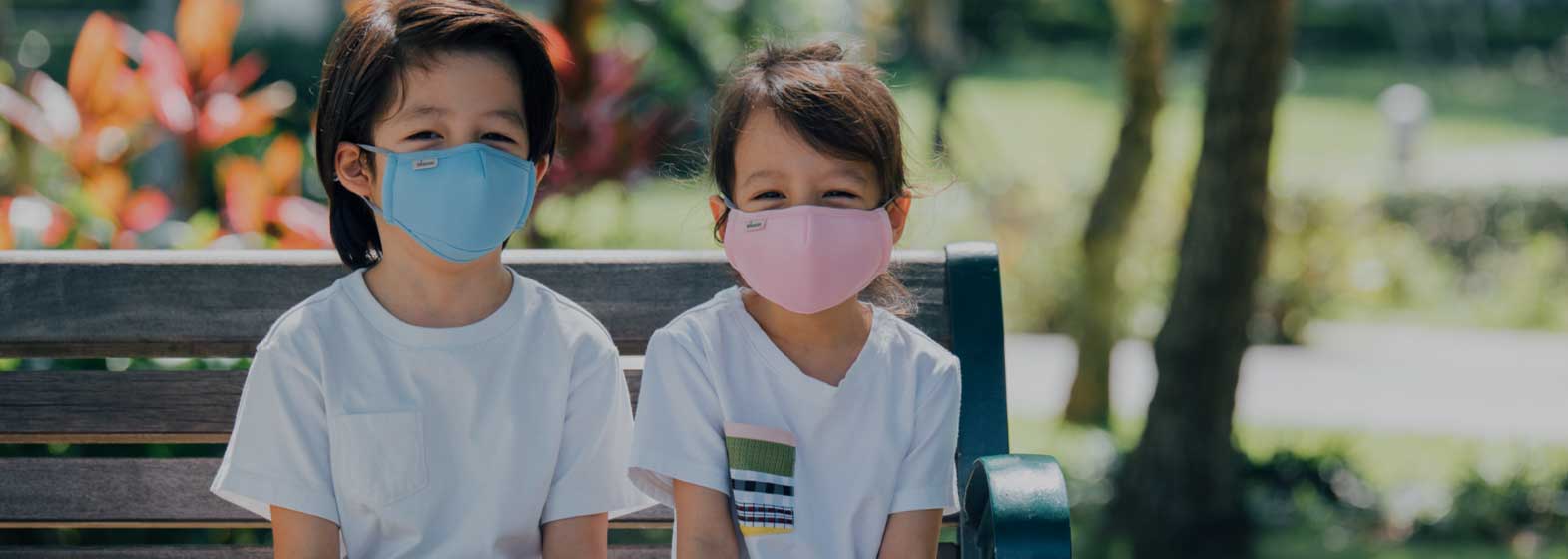
How do you make sure the respirators fit properly?
- 2020-09-03
- 2496
A respirator is a protective device that covers the nose and mouth or the entire face or head to guard the wearer against hazardous atmospheres. Respirators may be:
- Tight-fitting - that is, half masks, which cover the mouth and nose and full facepieces that cover the face from the hairline to below the chin; or
- Loose-fitting, such as hoods or helmets that cover the head completely.
- In addition, there are two major classes of respirators:
- Air-purifying, which remove contaminants from the air; and
- Atmosphere-supplying, which provide clean, breathable air from an uncontaminated source. As a general rule, atmosphere-supplying respirators are used for more hazardous exposures.
How do you choose the correct respirator?
Choosing the right equipment involves:
- Determining what the hazard is and its extent,
- Considering user factors that affect respirator performance and reliability, and
- Selecting an appropriate NIOSH-certified respirator.
Equipment must be used in line with specifications accompanying the NIOSH certification.
When selecting respirators, employers must consider the chemical and physical properties of the contaminant, as well as the toxicity and concentration of the hazardous material and the amount of oxygen present. Other selection factors are nature and extent of the hazard, work rate, area to be covered, mobility, work requirements and conditions, as well as the limitations and characteristics of the available respirators.
Air-purifying respirators use filters or sorbents to remove harmful substances from the air. They range from simple disposable masks to sophisticated devices. They do not supply oxygen and must not be used in oxygen-deficient atmospheres or in other atmospheres that are immediately dangerous to life or health (IDLH).
Atmosphere-supplying respirators are designed to provide breathable air from a clean air source other than the surrounding contaminated work atmosphere. They include supplied-air respirators (SARs) and self-contained breathing apparatus (SCBA) units.
The time needed to perform a given task, including the time necessary to enter and leave a contaminated area, is an important factor in determining the type of respiratory protection needed. For example, SCBAs, gas masks, or air-purifying chemical-cartridge respirators provide respiratory protection for relatively short periods. On the other hand, an atmosphere-supplying respirator that supplies breathable air from an air compressor through an air line can provide protection for extended periods.
If the total concentration of atmospheric particulates is low, particulate filter air-purifying respirators can provide protection for long periods without the need to replace the filter. Where there are higher concentrations of contaminants, however, an atmosphere-supplying respirator such as the positive-pressure SAR offers better protection for a longer period.
SARs eliminate the need for concern about filter breakthrough times, change schedules, or using end-ofservice-life indicators (ESLI) for airborne toxic materials, factors that must be considered when using air-purifying respirators.
Respirators must not impair the worker's ability to see, hear, communicate, and move as necessary to perform the job safely. For example, atmosphere-supplying respirators may restrict movement and present other potential hazards. SARs with their trailing hoses can limit the area the wearer can cover and may present a hazard if the hose comes into contact with machinery. Similarly, a SCBA that includes a back-mounted, compressed-air cylinder is both large and heavy. This may restrict climbing and movement in tight places, and the added weight of the air cylinder presents an additional burden to the wearer.
Another factor to consider when using respirators is the air-supply rate. The wearer's work rate determines the volume of air breathed per minute. The volume of air supplied to meet the breathing requirements is very significant when using atmosphere-supplying respirators such as self-contained and airline respirators that use cylinders because this volume determines their operating life.
The peak airflow rate also is important in the use of a constant-flow SAR. The air-supply rate should always be greater than the maximum amount of air being inhaled in order to maintain the respiratory enclosure under positive pressure.
Higher breathing resistance of air-purifying respirators under conditions of heavy work may causer the user breathing difficulty, particularly in hot, humid conditions. To avoid placing additional stress on the wearer, use the lightest respirator possible that presents the least breathing resistance.
SCBAs and some chemical canister respirators provide a warning of remaining service time. This may be a pressure gauge or timer with an audible alarm for SCBAs or a color ESLI on the cartridge or canister. The user should understand the operation and limitations of each type of warning device. For the many gas masks and chemical-cartridge respirators with no ESLI devices, the employer must establish and enforce a cartridge or canister change schedule. In addition, employees should begin each work shift with new canisters and cartridges.
-
 2022-04-26Are air purifiers environmentally friendly ?
2022-04-26Are air purifiers environmentally friendly ? -
 2022-04-26The importance of wearing a mask correctly
2022-04-26The importance of wearing a mask correctly -
 2022-04-27Connexions Air H13 True HEPA Filters
2022-04-27Connexions Air H13 True HEPA Filters -
 2022-04-29What is the use of anion function of air purifier?
2022-04-29What is the use of anion function of air purifier? -
 2022-05-08Standardize the wearing of masks, children should not be missed!
2022-05-08Standardize the wearing of masks, children should not be missed! -
 2022-05-16Hazy days, air purifiers are useful?
2022-05-16Hazy days, air purifiers are useful? -
 2022-05-16Attention everyone! Don't buy fake FFP2 masks! How do we identify?
2022-05-16Attention everyone! Don't buy fake FFP2 masks! How do we identify? -
 2022-05-17Pay attention to secondary pollution when using air purifiers
2022-05-17Pay attention to secondary pollution when using air purifiers -
 2022-05-17TOP5 pollutants that the purifier can purify
2022-05-17TOP5 pollutants that the purifier can purify
-
 2020-06-02Why do Face Masks Matter With This Coronavirus
2020-06-02Why do Face Masks Matter With This Coronavirus -
 2020-06-02How to Wear Mask
2020-06-02How to Wear Mask -
 2020-06-02Three Principles of Choice of Masks
2020-06-02Three Principles of Choice of Masks -
 2020-06-022020 Situation of Mask Market
2020-06-022020 Situation of Mask Market -
 2020-06-17What other preventative measures can you take to protect yourself from airborne substances?
2020-06-17What other preventative measures can you take to protect yourself from airborne substances? -
 2020-06-08The Advantage of Disposable Face Masks
2020-06-08The Advantage of Disposable Face Masks -
 2020-06-093 Ply Disposable Face Mask & Soft & Comfortable Ear Loop
2020-06-093 Ply Disposable Face Mask & Soft & Comfortable Ear Loop -
 2020-06-17What are the regulations for surgical face masks?
2020-06-17What are the regulations for surgical face masks? -
 2020-06-09Do I need to wear a face mask if I am quarantined?
2020-06-09Do I need to wear a face mask if I am quarantined?
CONTACT US


Connexions Technology (Dongguan) Ltd.
We are always providing our customers with reliable products and considerate services.
If you would like to keep touch with us directly, please go to contact us
